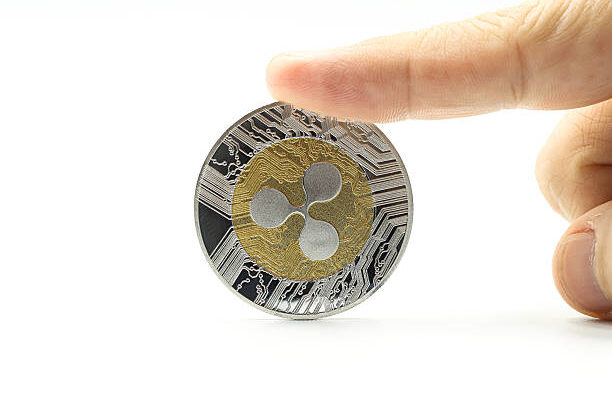
Hong Kong authorities have concluded the second phase of the e-HKD pilot program, with the central bank digital currency launch mostly aimed at institutional clients.
Summary
- The Hong Kong Monetary Authority (HKMA) has completed Phase II of its digital Hong Kong dollar pilot program, revealing that both e-HKD and tokenized deposits enable cost-effective, programmable, and secure transactions.
- Following the trials, the HKMA plans to prioritize the e-HKD’s development for wholesale financial applications, publish common tokenization standards, and complete policy, legal, and technical preparations by mid-2026.
According to a report by local media, the Hong Kong Monetary Authority has completed the digital Hong Kong dollar pilot program and released a report outlining the main findings from the trials. It is planning to rollout the digital currency for institutional clients after necessary preparations are in place.
Phase II of the pilot program focused on testing real-world applications of e-HKD and comparing it with tokenized deposits, which are digital representations of commercial bank money. In total, 11 trial projects were conducted in collaboration with banks, technology companies, and financial service providers.
Based on the results from the trials, the authority has concluded that the digital Hong Kong dollar as well as tokenized deposits could be used to facilitate “cost-effective, programmable, and robust transactions.”
Not only that, the trials also revealed that due to Hong Kong’s detailed banking regulatory system and comprehensive consumer protection mechanisms, the public has shown a high level of trust towards the special administrative region’s digital currency plans.
This level of public trust coupled with the publicized developments from the central bank, the use of e-HKD and tokenized deposits have gained widespread support and acceptance from institutional and retail users.
However, authorities have found that there is larger demand for Hong Kong’s CBDC among institutional players compared to retail investors. In fact, some financial institutions have already started using e-HKD for tokenized ecosystem development and international trade settlement, signaling its utility in global finance.
As a result, the HKMA plans to prioritize the development of e-HKD for “wholesale applications” and promote its use as a payment instrument for financial institutions. To prepare for the rollout, the regulators are preparing policies, legal frameworks and technologies to support e-HKD. These preparations will released sometime within the first half of 2026.
The development of e-HKD
As part of the rollout, the HKMA will publish a set of tokenization standards to boost the widespread adoption of programmable digital currencies. The standards are meant to become the foundation for the future development and application of the digital Hong Kong dollar.
Executive Director of the HKMA, Eddie Yue said that both phases of the digital currency pilot program have achieved significant results, which will aid the agency in further understanding the development of digital currencies. He said that financial authorities will continue to work on the project for a possible expansion into retail use.
In August 2025, the Bank of China Hong Kong completed testing for the e-HKD by distributing simulated digital HKD vouchers to nearly 500 participants holding unified wallets. Users were able to spend them in local coffee shops, completing more than 1,500 test transactions.
Hong Kong financial officials have been working on a central bank digital currency since 2017, by deploying blockchain technology into its build. In 2023, the CBDC project was renamed the digital Hong Kong dollar or e-HKD.
The project is part of a larger initiative called “Digital HKD Plus,” which is aimed at exploring the use of digital money in real-life settings. If e-HKD gets an official launch, it would become the first recognized digital payment method in the region.




